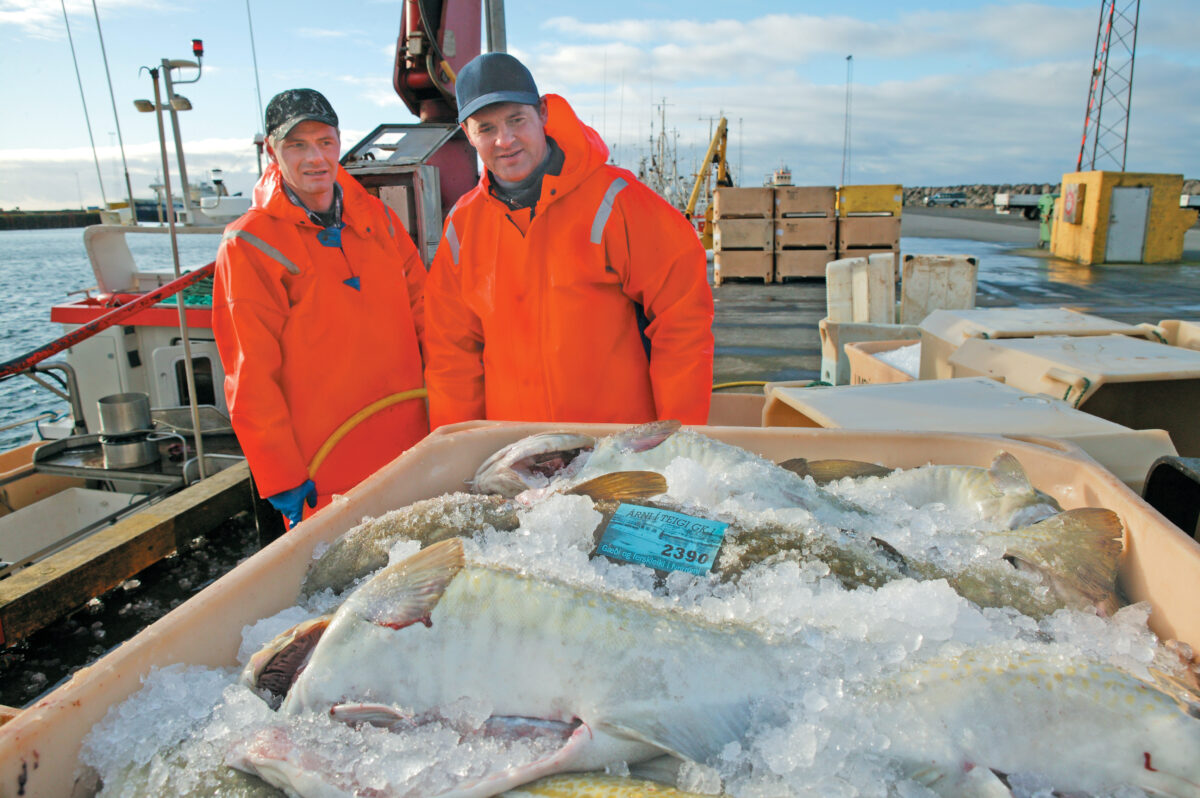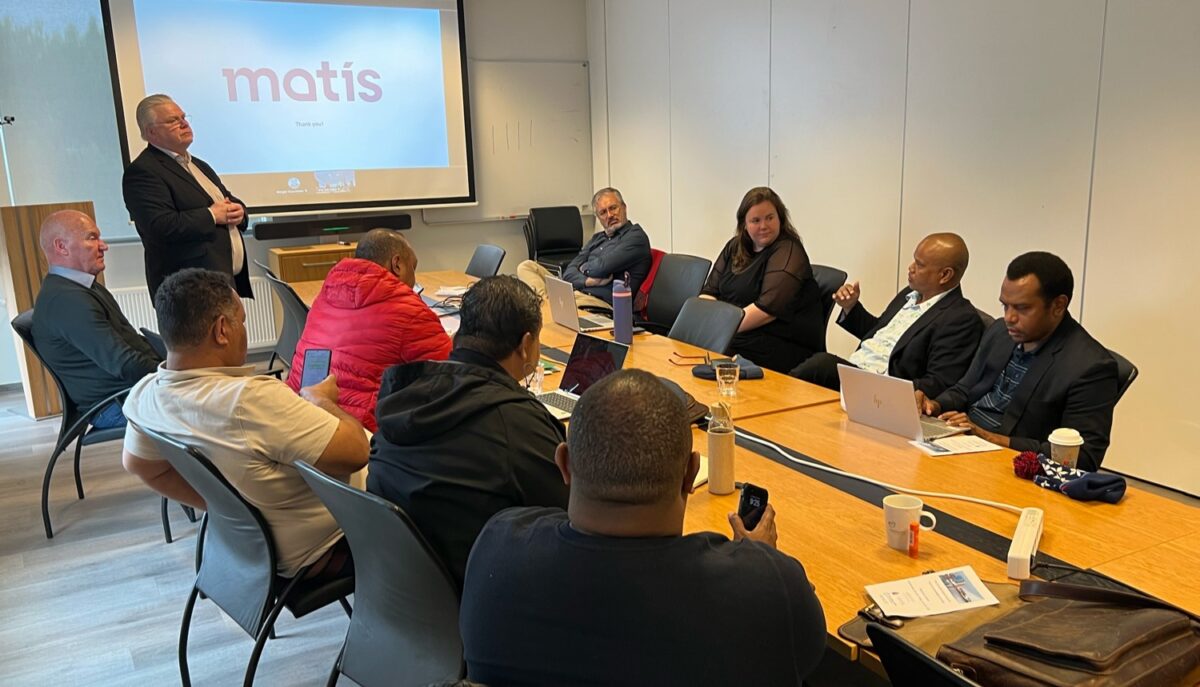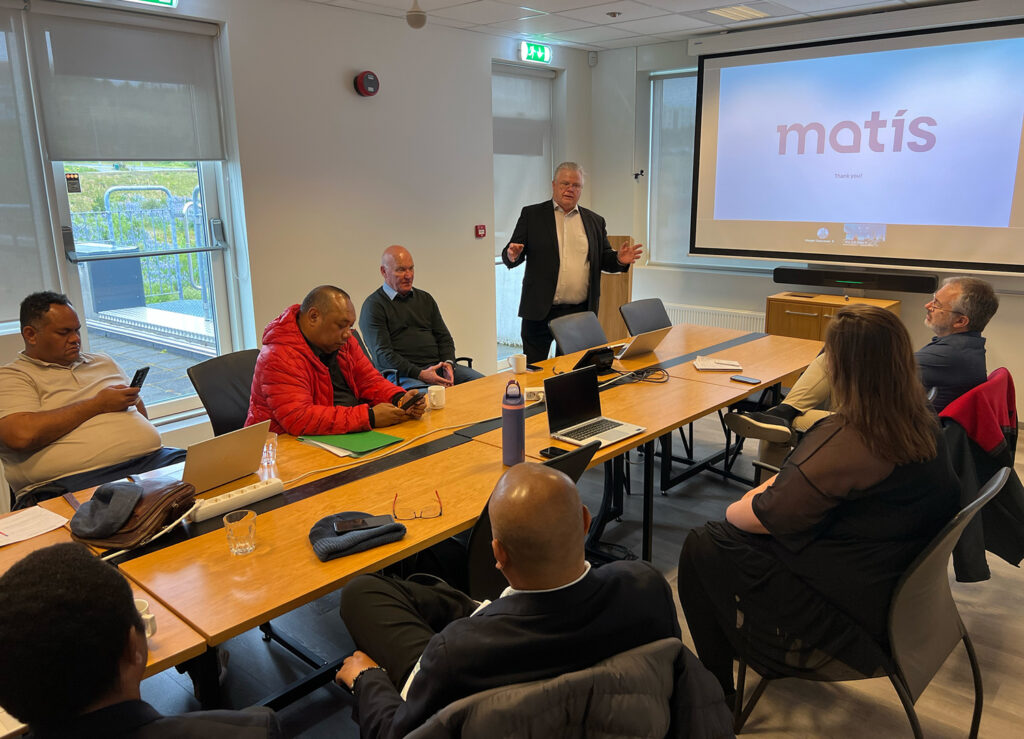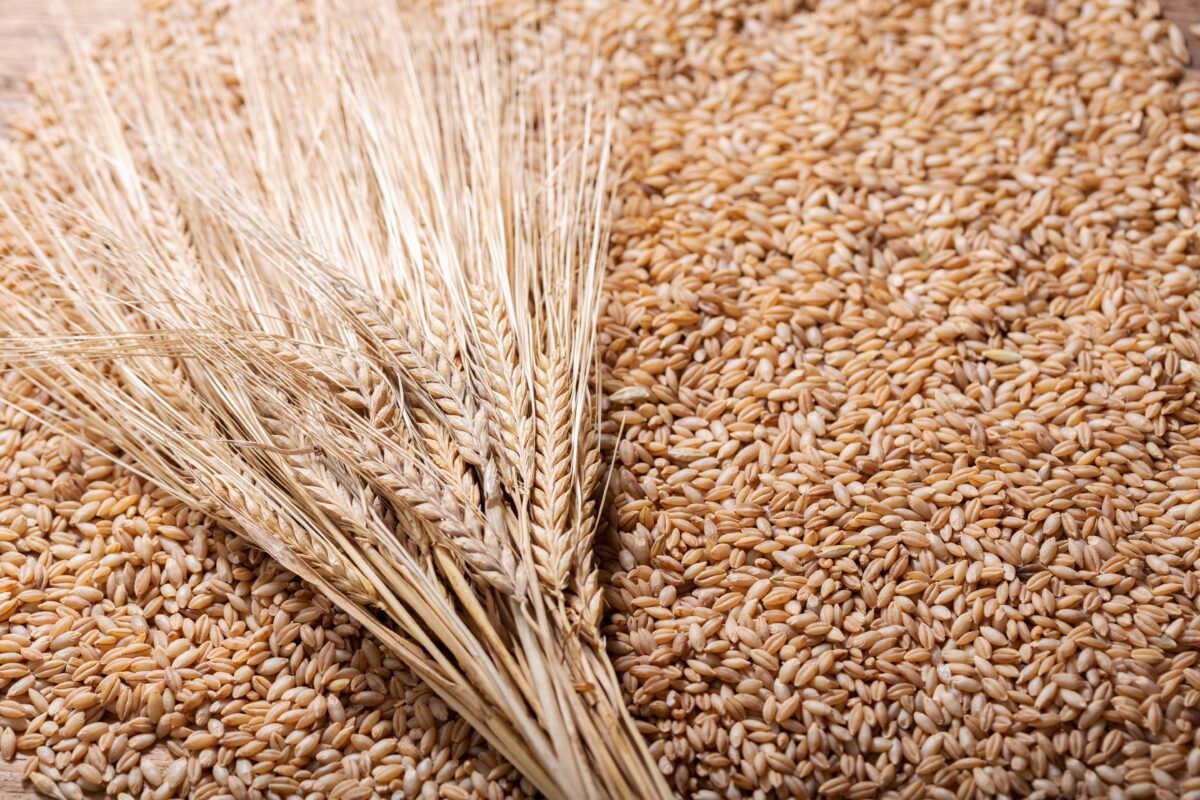Epigenetic studies are commonly conducted on DNA from tissue samples. However, tissues are ensembles of cells that may each have their own epigenetic profile, and therefore inter-individual cellular heterogeneity may compromise these studies. Here, we explore the potential for such confounding on DNA methylation measurement outcomes when using DNA from whole blood. DNA methylation was measured using pyrosequencing-based methodology in whole blood (n = 50–179) and in two white blood cell fractions (n = 20), isolated using density gradient centrifugation, in four CGIs (CpG Islands) located in genes HHEX (10 CpG sites assayed), KCNJ11 (8 CpGs), KCNQ1 (4 CpGs) and PM20D1 (7 CpGs). Cellular heterogeneity (variation in proportional white blood cell counts of neutrophils, lymphocytes, monocytes, eosinophils and basophils, counted by an automated cell counter) explained up to 40% (p<0.0001) of the inter-individual variation in whole blood DNA methylation levels in the HHEX CGI, but not a significant proportion of the variation in the other three CGIs tested. DNA methylation levels in the two cell fractions, polymorphonuclear and mononuclear cells, differed significantly in the HHEX CGI; specifically the average absolute difference ranged between 3.4–15.7 percentage points per CpG site. In the other three CGIs tested, methylation levels in the two fractions did not differ significantly, and/or the difference was more moderate. In the examined CGIs, methylation levels were highly correlated between cell fractions. In summary, our analysis detects region-specific differential DNA methylation between white blood cell subtypes, which can confound the outcome of whole blood DNA methylation measurements. Finally, by demonstrating the high correlation between methylation levels in cell fractions, our results suggest a possibility to use a proportional number of a single white blood cell type to correct for this confounding effect in analyses.
Höfundur: hilduryr@matis.is
Epigenetic mechanisms modulate genome function by writing, reading and erasing chromatin structural features. These have an impact on gene expression, contributing to the establishment, maintenance and dynamic changes in cellular properties in normal and abnormal situations. Great effort has recently been undertaken to catalogue the genome-wide patterns of epigenetic marks-creating reference epigenomes-which will deepen our understanding of their contributions to genome regulation and function with the promise of revealing further insights into disease etiology. The foundation for these global studies is the smaller scale experimentally-derived observations and questions that have arisen through the study of epigenetic mechanisms in model systems. One such system is genomic imprinting, a process causing the mono-allelic expression of genes in a parental-origin specific manner controlled by a hierarchy of epigenetic events that have taught us much about the dynamic interplay between key regulators of epigenetic control. Here, we summarize some of the most noteworthy lessons that studies on imprinting have revealed about epigenetic control on a wider scale. Specifically, we will consider what these studies have revealed about: the variety of relationships between DNA methylation and transcriptional control; the regulation of important protein-DNA interactions by DNA methylation; the interplay between DNA methylation and histone modifications; and the regulation and functions of long non-coding RNAs.
The paternally expressed imprinted retrotransposon-like 1 (Rtl1) is a retrotransposon-derived gene that has evolved a function in eutherian placentation. Seven miRNAs, including miR-127, are processed from a maternally expressed antisense Rtl1 transcript (Rtl1as) and regulate Rtl1 levels through RNAi-mediated post-transcriptional degradation. To determine the relative functional role of Rtl1as miRNAs in Rtl1 dosage, we generated a mouse specifically deleted for miR-127. The miR-127 knockout mice exhibit placentomegaly with specific defects within the labyrinthine zone involved in maternal-fetal nutrient transfer. Although fetal weight is unaltered, specific Rtl1 transcripts and protein levels are increased in both the fetus and placenta. Phenotypic analysis of single (ΔmiR-127/Rtl1 or miR-127/ΔRtl1) and double (ΔmiR-127/ΔRtl1) heterozygous miR-127- and Rtl1-deficient mice indicate that Rtl1 is the main target gene of miR-127 in placental development. Our results demonstrate that miR-127 is an essential regulator of Rtl1, mediated by a trans-homologue interaction between reciprocally imprinted genes on the maternally and paternally inherited chromosomes.
AbstractPw1/Peg3 is an imprinted gene expressed from the paternally inherited allele. Several imprinted genes, including Pw1/Peg3, have been shown to regulate overall body size and play a role in adult stem cells. Pw1/Peg3 is expressed in muscle stem cells (satellite cells) as well as a progenitor subset of muscle interstitial cells (PICs) in adult skeletal muscle. We therefore examined the impact of loss-of-function of Pw1/Peg3 during skeletal muscle growth and in muscle stem cell behavior. We found that constitutive loss of Pw1/Peg3 function leads to a reduced muscle mass and myofiber number. In newborn mice, the reduction in fiber number is increased in homozygous mutants as compared to the deletion of only the paternal Pw1/Peg3 allele, indicating that the maternal allele is developmentally functional. Constitutive and a satellite cell-specific deletion of Pw1/Peg3, revealed impaired muscle regeneration and a reduced capacity of satellite cells for self-renewal. RNA sequencing analyses revealed a deregulation of genes that control mitochondrial function. Consistent with these observations, Pw1/Peg3 mutant satellite cells displayed increased mitochondrial activity coupled with accelerated proliferation and differentiation. Our data show that Pw1/Peg3 regulates muscle fiber number determination during fetal development in a gene-dosage manner and regulates satellite cell metabolism in the adult.
Seaweed (or macroalgae) produced sustainably at large scale opens opportunities as source of fuels, chemicals and food. The production does not directly compete with terrestrial food production and may make use of anthropogenic sources of carbon dioxide and nitrogen. Seaweed biomass can be transformed into a suitable substrate for fermentation using a biorefinery approach. In this study the entire process of biofuel production from seaweed is described: starting with cultivation and harvest, the seaweed is dried and cut, enzymatically hydrolysed, demineralized, detoxified, and finally fermented into acetone, butanol, and ethanol (ABE). Juvenile Saccharina latissima was directly seeded on AlgaeTex® nets and cultivated in the North East Atlantic off the west coast of Scotland for 6 months. Sun dried seaweed was hydrolysed with different enzymes, looking for optimal glucose release, solid/liquid ratio, and enzyme load. Using Cellic® CTec2 in combination with alginate lyases, approximately 80% of available glucose was released. The hydrolysis was scaled up to 100 L, using only Cellic® CTec2. Part of the hydrolysate was demineralized using ion-exclusion chromatography, removing over 90% of minerals while recovering 92% of glucose and mannitol. A fraction of the demineralized hydrolysate was additionally detoxified using a hydrophobic resin to remove hydrophobic components to a concentration below detection limit. The three hydrolysates (untreated, demineralized, and demineralized followed by detoxification) were used as substrate for ABE production by a newly developed strain of Clostridium acetobutylicum adapted to grow on S. latissima hydrolysate. Demineralization reduced the lag phase of fermentation from 72 h (untreated) to 24–48 h. Further detoxification of the hydrolysate led to immediate fermentation, resulting in a yield of 0.23 ± 0.02 gABE/gsugar similar to control fermentation in control medium (0.19 gABE/gsugar).
Seaweed biomass is an underutilized resource that is rich in polysaccharides, including xylan. Seaweed polysaccharides could be used as a feedstock in industrial microbiology and and for production of prebiotic oligosaccharides and rare monosaccharides – processes that would benefit from the availability of robust enzymes that break down the seaweed polysaccharides. The present study aimed to identify genes encoding endo-xylanases in bacterial genomes and metagenomes sourced from marine thermal environments, and to characterize the respective enzymes. Twelve endo-xylanases were studied which displayed 59 % median maximal sequence similarity to characterized GH10 or GH11 enzymes. Overall, most of the enzymes functioned optimally at high temperatures, in the presence of salt, and at circumneutral pH. Eight enzymes functioned optimally at temperatures of 50°C or higher, and in the most extreme cases at 85°C to 95°C. Six enzymes retained activity after three-hour incubation at 60°C or higher. Ten enzymes displayed improved catalytic function in the presence of salt, and several retained high catalytic function at 10 % NaCl concentration. All the enzymes hydrolyzed xylan from diverse sources, including crude biomass. The study contributes to an increased understanding of the structural diversity of xylanases; it expands the availability of thermostable xylanases of marine origin; and contributes to increased valorization of seaweed biomass.

Matís leitar að þátttakendum í neytendakönnun um saltfisk!
Könnunin tekur aðeins 20 mínútur – þú smakkar 3 tegundir af saltfiski og svarar stuttum spurningalista.
Að lokinni þátttöku bjóðum við upp á kaffi og bakkelsi!
Staðsetning: Matís, Vínlandsleið 12, Grafarholti
3 heppnir þátttakendur fá gjafabréf að verðmæti 25.000 kr.
Hverjir geta tekið þátt?
• Aldur 18–35 ára → mæta 28. eða 29. ágúst (nokkrar tímasetningar í boði)
Engar persónugreinanlegar upplýsingar verða tengdar svörum í könnuninni.
Spurningar? Hafðu samband við: Aðalheiði Ólafsdóttur – adalheiduro@matis.is
Skráðu þig hér:

Forsíðumynd: Kolbrún Sveinsdóttir

Eins og alþjóð veit þá eru strandveiðar nú í fullum gangi, en alls hafa um 800 bátar fengið strandveiðileyfi þetta sumarið.
Eins og við aðrar fiskveiðar er rétt aflameðferð mikilvæg til að tryggja gæði og geymsluþol, en leiðbeiningar má nálgast hér. Góð kæling á aflanum er mikilvægasti þátturinn í að tryggja gæði og geymsluþol afurðanna, og því hefur Matís útbúið ísreikni sem aðgengilegur er á heimasíðu fyrirtækisins
Ísreiknirinn gefur ráðleggingar um það magn af ís sem þarf til að kæla afla niður í 0°C miðað við sjávarhita og svo ísþörf til að viðhalda 0°C miðað við umhverfishitastig (t.d. í kæligeymslu) og dagafjölda. Gögnin að baki ísreikninum byggja á varmafræðilíkönum og kælitilraunum.
Í upphafi júní mánaðar tók gildi ný reglugerð sem kveður á um að allri vigtun strandveiðiafla ljúki á hafnarvog þar sem íshlutfall er fastsett við 3%. Hætt er við því að reglugerðin virki sem hvati til þess að takmarka ísnotkun og því getur verð gott að nýta ísreikninn til að áætla hver raunveruleg ísþörf er.
Á heimasíðu Hafrannsóknastofnunar má fylgjast með sjávarhita víðsvegar umhverfis landið og má þar t.d. sjá að meðalhitastig síðustu daga á Vestfjörðum hefur verið um 8°C. Samkvæmt ísreikninum ætti því að þurfa um 9 kg af ís til að kæla hver 100 kg af afla niður í 0°C.
Aflasamsetning, hvað varðar tegund og stærð fiska, hefur áhrif á hversu langan tíma það tekur að kæla aflann niður í 0°C, auk þess sem kælimiðillinn skiptir miklu máli, eins og sjá má á þessum einblöðungi.

Sendinefnd ráðmanna frá Kyrrahafseyjum kom í heimsókn til Matís þann 19. júní síðastliðinn til að kynnast starfsemi Matís og þátttöku fyrirtækisins í uppbyggingu og framþróun í fiskvinnslu á Íslandi.
Fulltrúarnir hrifust af þeirri þekkingu og aðstöðu sem Matís býr yfir og höfðu mikinn áhuga á mögulegum tækifærum til samstarfs í þróun fiskimála á Kyrrahafseyjum. Sérstaklega var rætt um uppbyggingu á rannsóknarstofu, þjálfun starfsfólks og úrbótum á meðhöndlun og kælingu afla, að því gefnu að Alþjóðabankinn myndi veita slíku samstarfi fjárhagslegan stuðning.
Meðal gesta voru Steven Victor fiski- og umhverfismálaráðherra Palau og Fabio Siksei sérfræðingur auk starfsmanna ráðuneytisins á Palau. Frá Papua Nýju-Gíneu var Jelta Wong sjávarútvegsráðherra ásamt Gerri Katai, Simon Kaumi og Api Kassman. Frá sjávarútvegsráðuneyti Salómoneyja var aðstoðarráðuneytisstjóri James Teri og frá Alþjóðabankanum voru Nika Asasi og Xavier Vincent.
Frá Matís voru Oddur Már Gunnarsson, forstjóri Matís. Margeir Gissurarson, stefnumótandi sérfræðingur og Hildur Inga Sveinsdóttir, verkefnastjóri.


Á vegum atvinnuvegaráðuneytisins er nú unnið að tillögum um neyðarbirgðir fæðu fyrir Ísland. Tillögurnar eru unnar hjá Háskóla Íslands og verður þeim skilað á árinu 2025. Þegar tillögurnar verða tilbúnar, mun ráðuneytið nýta þær sem hluta af alhliða fæðuöryggisstefnu og innleiða sem hluta af almannavörnum. Með fæðuöryggi er átt við það að allir einstaklingar hafi alltaf aðgang að nægum og öruggum matvælum til að uppfylla næringarþarfir.
Kornbirgðir í landinu eru litlar en það skapar áhættu vegna loftslagsbreytinga og mögulegra truflana á innflutningi. Kornframleiðslan (bygg og hafrar) á Íslandi er talin í þúsundum tonna á hverju ári og er fyrst og fremst nýtt sem fóður fyrir búfé en lítill hluti fer til manneldis.
Það er því tilefni til að vekja athygli á upplýsingum sem liggja fyrir hjá Matís um innlent korn. Eðlilegt er að spurt sé hvort hægt sé að nota innlent korn í matvælaiðnaði og þá einkum í bökunariðnaði. Líta má á innlenda kornið sem leið til að drýgja takmarkaðar birgðir af hveiti eða til notkunar sem eina kornið í bökunariðnaði. Sýnt hefur verið fram á að hægt er að baka ágæt brauð úr 30% íslensku byggi á móti 70% hveiti og ná ágætri lyftingu. Byggmjöl er ágætt til kexframleiðslu og í fleiri bökunarvörur sem þurfa ekki lyftingu. Íslenskir hafrar hafa reynst ágætlega í hafragraut, múslí og kex. Sýnt hefur verið fram á að íslenskir hafrar henta ágætlega til framleiðslu á hafradrykkjum.
Hér má finna skýrslu- Íslenskt matkorn – Gæði, innihald og viðhorf
Frétt – Innlent korn til matframleiðslu



